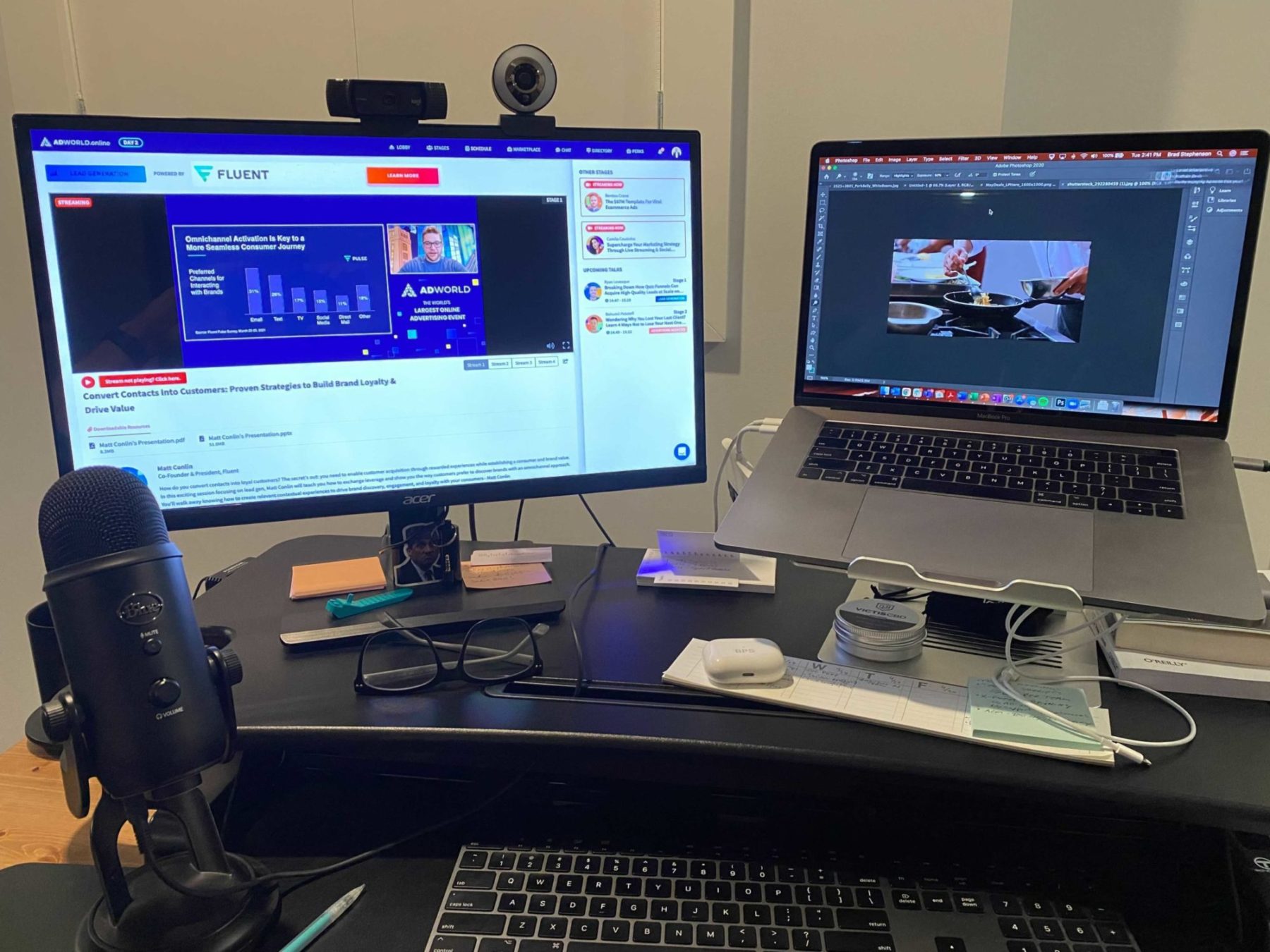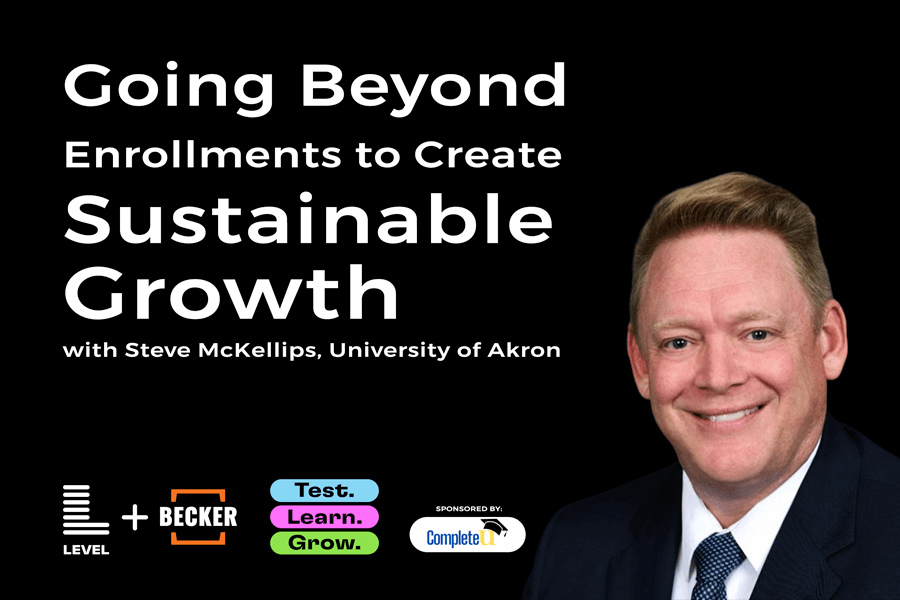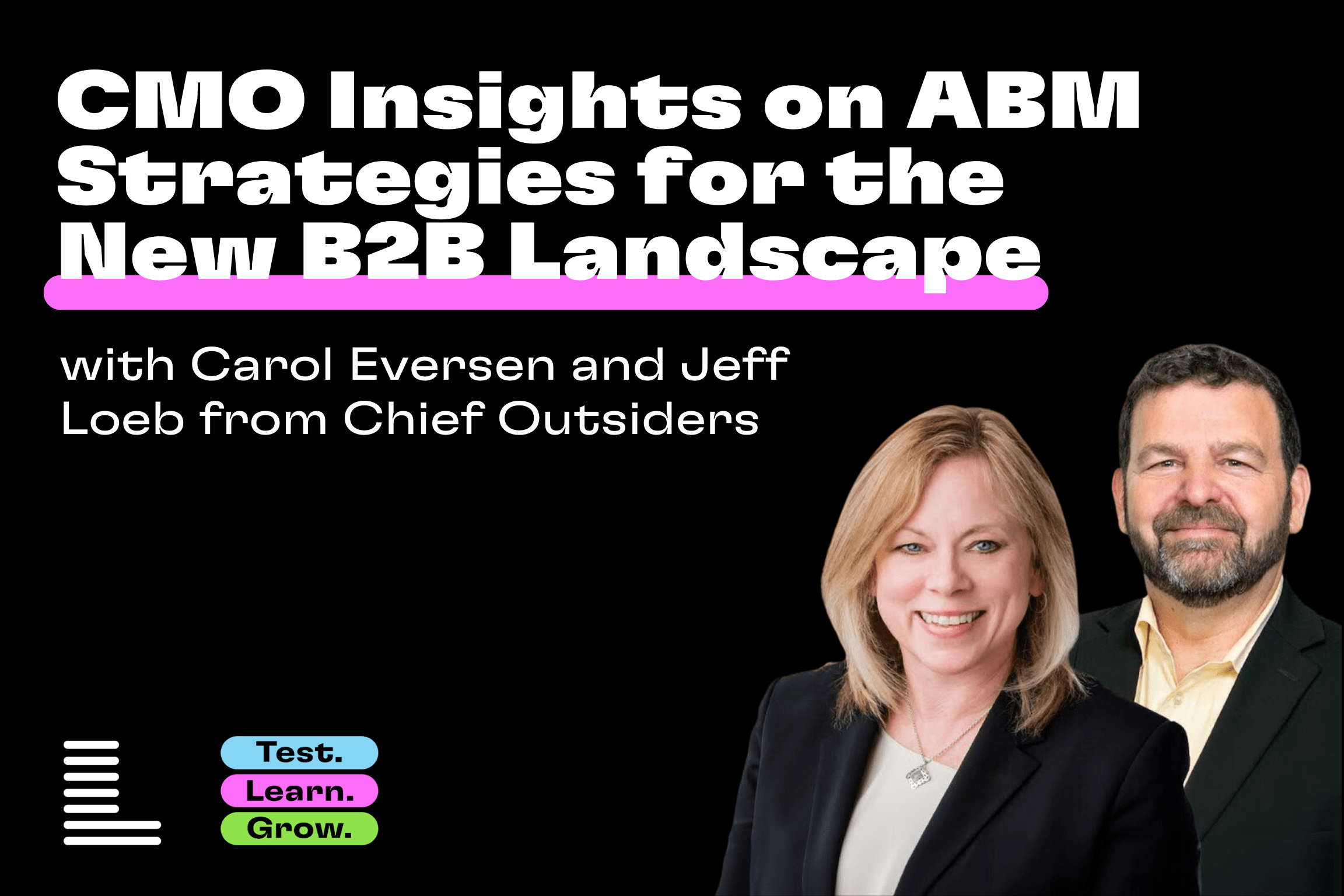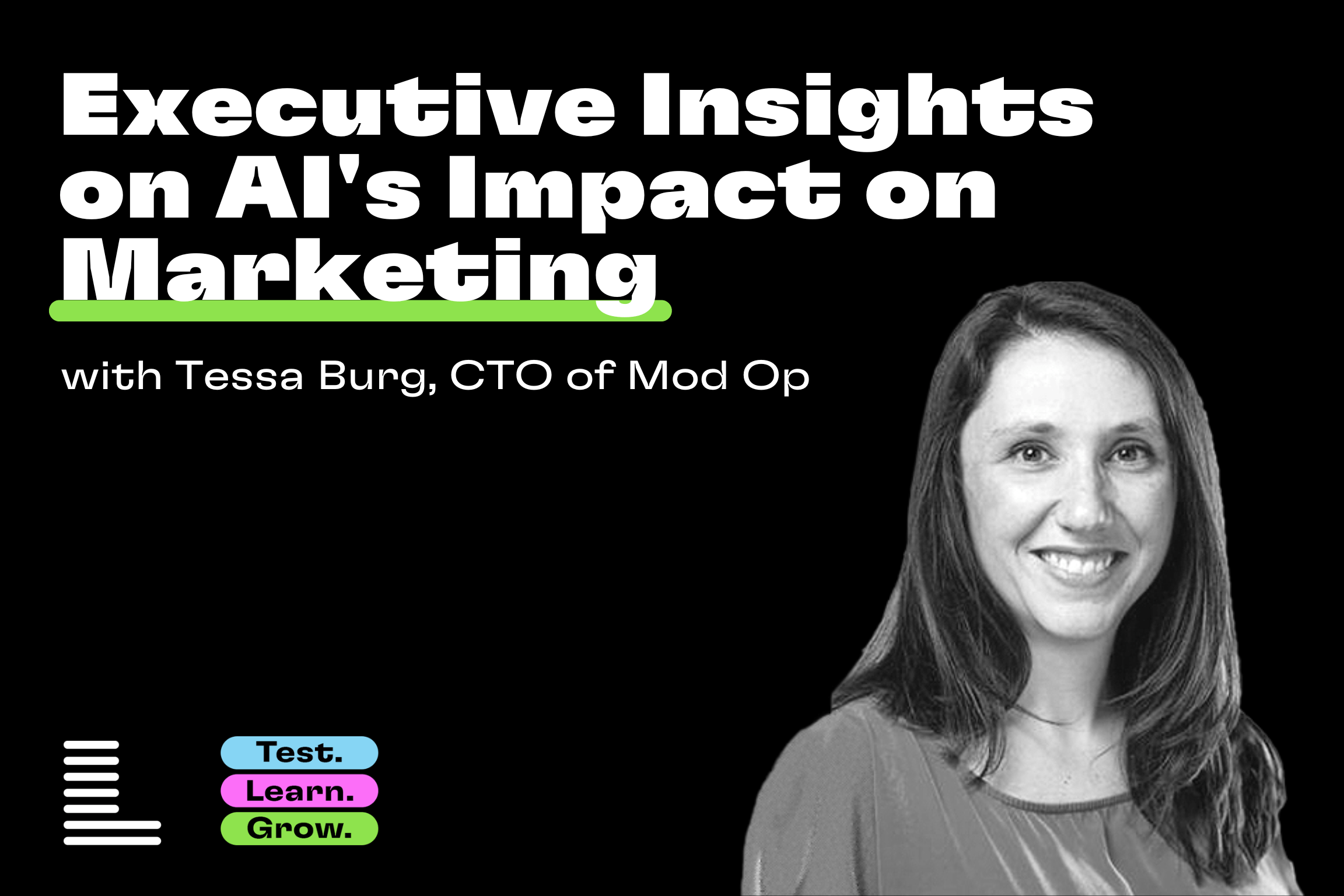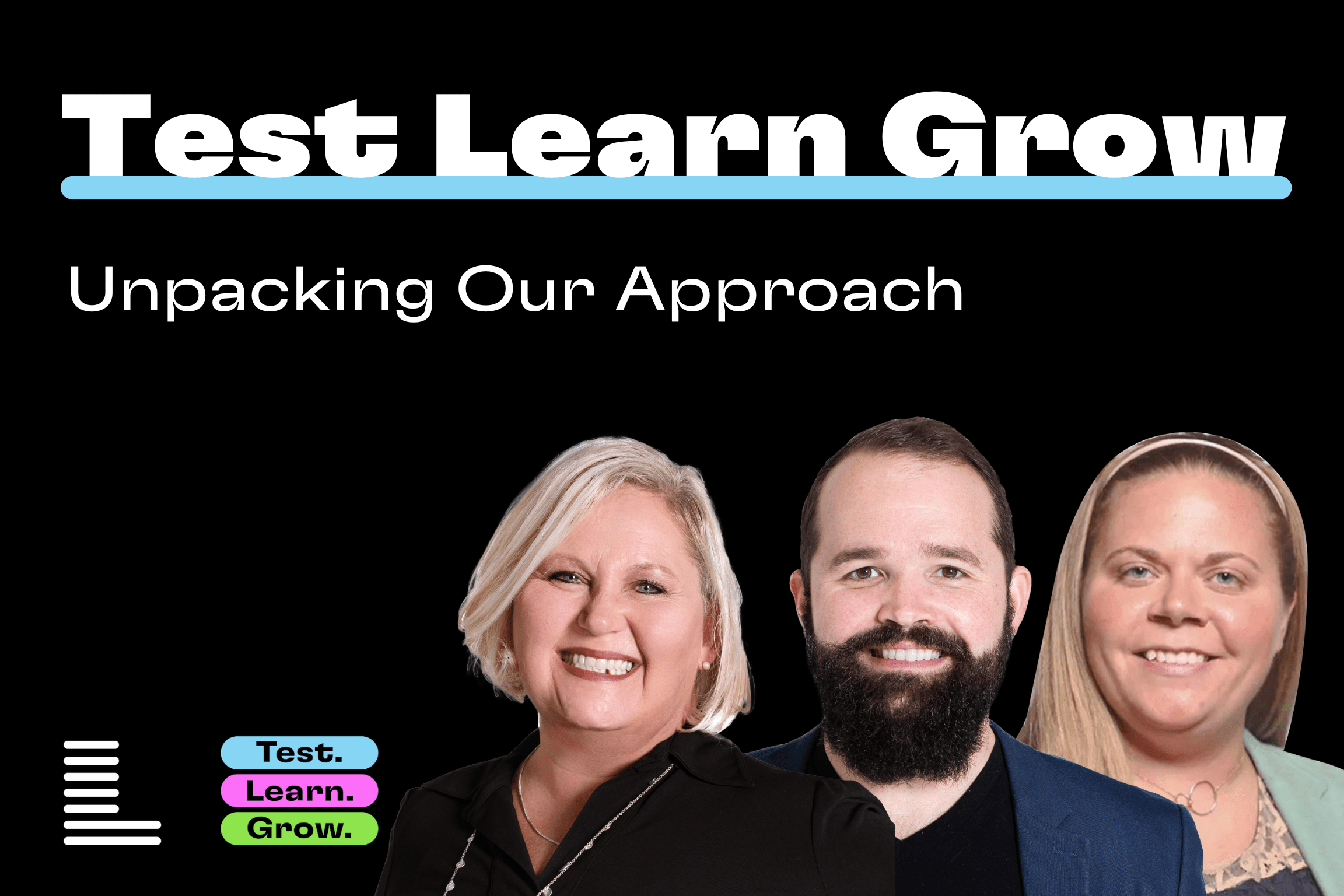
Several members of the Level Agency team recently spent three days immersed in Ad World’s 2021 virtual digital marketing conference. After attending value-packed sessions on everything from TikTok and chatbots to creative strategy and attribution experiments, the team came away with powerful insights that will immediately be put into practice for our clients.
Here are some of the team’s key takeaways:
1. Build a baseline for testing.
Patrick Patterson
Managing Partner & President
Ad World’s sessions stressed the importance of building rigorous testing practices into the fabric of any campaign’s design.
From the first moment, sessions about rigorous testing were the norm. Some provided a very good fundamental baseline of the topic. Judging by the questions asked, it seems like there’s a great need for even baseline competency across the industry.
A focus on hypothesis-driven testing and validated learning will continue to be something that drives Level’s data-driven portfolio approach to digital advertising – allowing us to deliver real, measurable return on investment for our clients.
From “The Experimentalist Marketer: Unlocking the Power of Marketing Through a Scientific Approach” with Astha Kalbag.
2. Take a qualitative perspective when evaluating your content strategy.
Patrick Van Gorder
Partner & Executive Vice President
One of my biggest takeaways came from an interview session which offered an interesting perspective on how to take a more qualitative view when measuring content, instead of being irrationally focused on vanity metrics that either don’t mean that much or bottom-funnel ROI that is impossible to calculate:
- Focus on showing up in first-page results for problems you are trying to solve, and measure holistic search traffic to that content, instead of trying to (unrealistically) calculate a bottom-line ROI impact.
- Ask yourself, does our content help to build our reputation in the industry?
- KPIs like leads received from individual articles, cost per acquisition on paid traffic to content pieces, etc. are just the tip of the iceberg.
I look forward to exploring some of these qualitative ideas with some of our own future content products here at Level.
From “Measuring the Impossible: How to Tell If Your Content Marketing Strategy Is Working” with Tim Soulo.
3. Every business can leverage a chatbot, but not every business is ready for one.
Caity Bell
Creative Producer, Copy
Today’s consumers expect businesses to answer direct messages and tomorrow’s consumers will expect an instant response, so it’s important to consider how a chatbot tool could potentially fit into your digital ecosystem. However, having a strong marketing strategy and up-to-date digital infrastructure in place is the first step to setting your business up for chatbot success. A chatbot should work in sync with your current tools, instead of as its own entity; and marketing fundamentals, such as Tradename search, website retargeting, and paid and organic social are the building blocks that will help support tomorrow’s digital demands.
It’s not a matter of industries or niches, as much as it is 1) business model, 2) a company’s existing digital infrastructure.
From “Growth Marketer’s Playbook: How to Leverage Artificial Intelligence to Skyrocket Your Customer Growth via Social Media Channels” with Dr. Tadas Jucikas.
4. When creating customer profiles, make sure you define the company’s key players.
TJ Bruno
B2B-2 Team Lead
Customer profiles and personas are not new ideas. A key takeaway from the sessions I attended was a two-part approach to creating them. The first focus should be on the company itself and identifying target metrics, such as company size, industry, location, and revenue. From there, instead of keeping the focus on one singular decision-maker, the next step is to define the buying committee, which contains a few key players:
- Champion – the contact in charge of market research
- Decision-Maker – the person who approves the deal or purchase
- Influencer – someone who doesn’t engage in purchasing negotiations, but has an opinion that is highly valued within the organization
- Blocker – a person who is not interested in seeing the deal go through
Once each of these personas is defined and included as part of the overall account profile, content can be created that appeals to each member of the buying committee and properly communicates value propositions, considering multiple perspectives.
From “The Ideal Customer Profile: How to Hyper-Personalize Your Marketing Strategy” with Andrei Zinkevich.
5. TikTok: the new kid on the algorithm block.
Imani Burgess
Account Coordinator
I loved the depth of content on the inner workings of TikTok. The platform’s algorithm is a real-time feedback loop with two goals: find the right video for each viewer (based on video performance), and keep users watching (based on user behavior). For videos to keep circulating to new users, they must meet certain requirements for finish rate, new account follows from the video, and overall engagement. The higher the numbers for each of these factors, the more the video will continue to be shown to new users. Essentially, TikTok tries to group users into “tribes,” creating lookalike audiences based on the content they like and engage with. I’m excited to leverage this new perspective for some of the clients I work with.
From “What Makes TikTok Tick? Inside the Algorithm, Key Metrics and Creating Successful Campaigns” with Claudia Cameron.
6. Build your creative strategy before designing the final product.
Caitlin Hachman
Creative Producer, Design
When brands put too much focus on execution and not enough into strategy, it’s easy to fall prey to creative mistakes that can wreak havoc on engagement and conversions. This short list is an easy way to gut-check your ad creative to make sure its content is goal-oriented.
Does your creative:
- Show the product within the first 3 seconds?
- Include captions where applicable?
- Fully explain the features and benefits of your product?
With shortening attention spans, we can’t bury the lead. Focus on a “show” versus “tell” approach, make sure to use captions so customers can understand your content without sound, and create a “wow” moment that highlights the problem your product is solving.
From “Find Out the 3 Deadly Creative Mistakes Brands Fall For & How to Avoid Them” with Lauren Schwartz.
7. Test to win with lead generation on Facebook.
Katie Lorch
Creative Producer, Design
Facebook’s lead generation ad format provides a low friction way for potential customers to show interest in, and engage with, your brand and products. Unlike vanity conversions, such as impressions or clicks, you’ll receive actionable contact information for each lead, so be prepared to increase your ad spend to acquire qualified customers. Before creating your lead generation funnel, be sure to test your offer, hook, creative, and niche audiences in separate iterations to identify the best performing version of each element before combining into an ongoing campaign.
I’m most excited about the idea of testing each individual piece of content separately, and then combining all the winning pieces to create a strong performing campaign. I believe this will not only help us optimize campaigns in Facebook, but also in our entire universe of ad platforms.
From “Measure Twice, Cut Once: Facebook Ads Dos and Don’ts” with Troy Osinoff.
